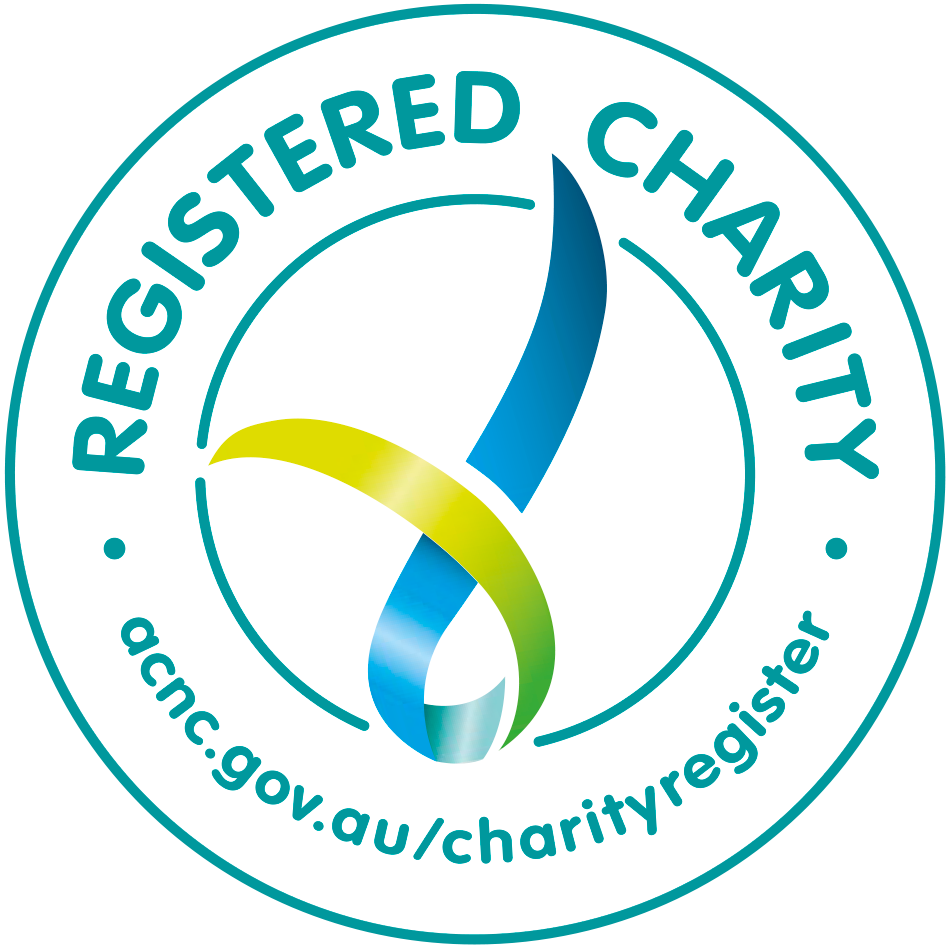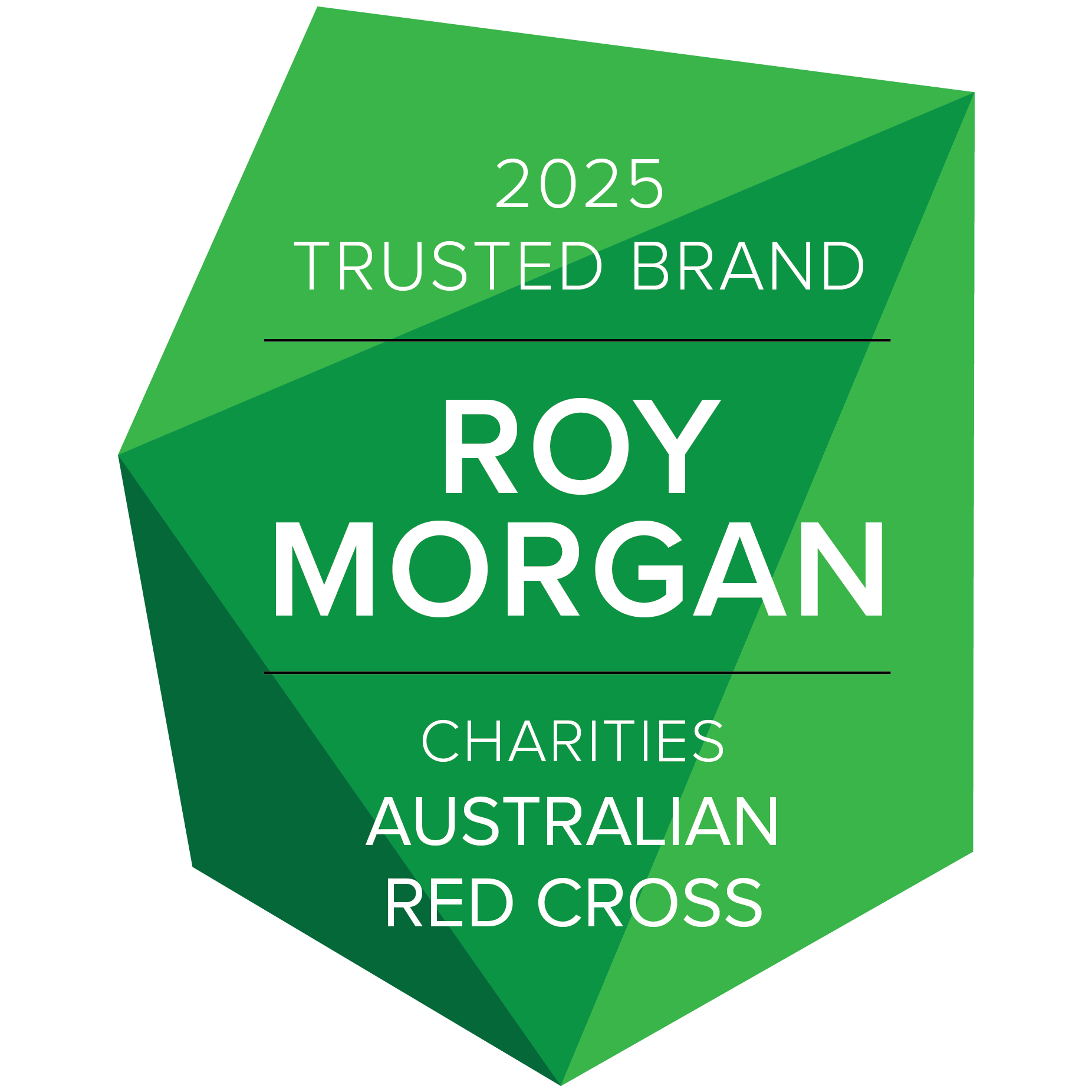

Donating money is the quickest and often most useful way to help.
But you worked hard for that money. And you’re probably giving up something you want, in order to donate it. So you want to be sure you’re making a difference.
These tips can help you make an informed choice about where to give.
Even in emergency response, different agencies do different things.
Some fight fires, some help people, some look after wildlife. Some specialise in emergency shelter, others in medical care, mental health or safe water and sanitation. Some also look after children, who have specialised needs in an emergency.
Give to the things you feel passionate about. But also keep in mind what’s important.
For example, donating to provide water tanks and portable toilets may not seem attractive, compared to helping small children and furry animals. But when you consider that diarrhoea is the second biggest cause of child deaths worldwide, maybe that’s where your donation makes the biggest impact.
Not every charity has to be registered – but if they are, they’ve usually signed up to strict standards of practice, conduct and transparency. They are regularly reviewed against these standards.
The Australian Charities and Not-for-Profits Commission (ACNC) is the regulatory body for charities in Australia and provides helpful information about charities. You can search for information on a charity on the ACNC Charity Register.
The Australian Council for International Development (ACFID) is a voluntary body for Australian charities that work in international aid and development. ACFID requires its members to comply with its Code of Conduct.
Tax deductibility can be an important incentive to donate.
Only some registered charities are endorsed by the Australian Tax Office to offer tax deductible donations in Australia, and many registered charities do not have this ‘deductible gift recipient’ endorsement. The ACNC Charity Register can confirm this.
If you are donating to help with an emergency overseas, your donation may not be tax deductible. If your donation is being used in a country declared as ‘developing’ then it should be tax deductible under the Overseas Aid Gift Deduction Scheme. But if you’re donating to a disaster in, for example, the United States or United Kingdom, then it may not be.
You can always ask a charity to confirm whether your donation is tax deductible.
The charity should explain how it plans to use your donation.
Quite often, charities use donations to provide financial assistance directly to people affected by a disaster. But that’s not the only thing needed. Your donation may also provide relief supplies, equipment and transport for volunteers, or ensure that trained, expert staff members can coordinate massive relief efforts.
Sometimes charities like Red Cross will launch appeals for specific disasters. But it’s also important to note that emergency agencies often need donations year-round to ensure their teams are trained and resourced and ready to respond to any emergency.
Administrative costs refer to all the things that make emergency response work possible and accountable. They can range from petrol and electricity, to back-end data management systems and fundraising costs. They can increase depending on the scale of the emergency operation.
Most charities try hard to keep these costs low – around 10 cents in the dollar is standard. And sometimes a generous corporate donor will step in and cover them. But no charity can do its work without them, no matter how lean its budget gets.
It’s really true that every dollar counts. Many charities will give you an indicative idea of how your donation can help – for example, $12 could provide a wellbeing check, $30 could provide a hygiene kit, $88 can help with emergency shelter, and so on.
Don’t be put off if you don’t have much, and don’t feel pressured to give beyond your means. Every bit helps and we’re always grateful for it.
The Australian Charities and Not-for-Profits Commission found that while charities responding to last summer’s bushfires did so in a credible and professional way, “there was a gap between the public’s expectations of charities and the reality of responding to a disaster”.
When people donate, they sometimes expect their donations to get to affected people within days or weeks. The reality is that disaster recovery takes time. After the bushfires, it took months before most people felt ready to come forward for help, and patchy or inconsistent records of fire damage made it very difficult to determine even who was affected and how much damage was done.
While a charity should keep you informed of its progress and impact, be aware that many are trying to manage a large and complex crisis with very limited resources and a largely volunteer-based workforce.
It’s a good idea to subscribe to charity updates, so you can see how your donations are being used. You can also look through charity annual reports for information on their achievements, management structure and finances.
If you don’t get updates from the source, it can be easy to be disillusioned by things you see in the media or online.
If you have questions or concerns about a charity, ask them directly. Call their offices, drop them an email or ask on social media. Good charities work hard to maintain the trust of their supporters and answer questions honestly and in good faith. They don’t, however, have to respond to abuse.
Your donation means Red Cross can be there to help people during disasters and other emergencies in Australia. It enables us to prepare people, provide comfort and care during a disaster or emergency, and support recovery.
Red Cross pays our respects to the Aboriginal and Torres Strait Islander custodians of the country where we work, and to Elders, past, present and emerging.
Learn about our Reconciliation Action Plan and how we can all make reconciliation real.
This website may contain the images, voices or names of people who have passed away.


© Australian Red Cross 2025. ABN 50 169 561 394
